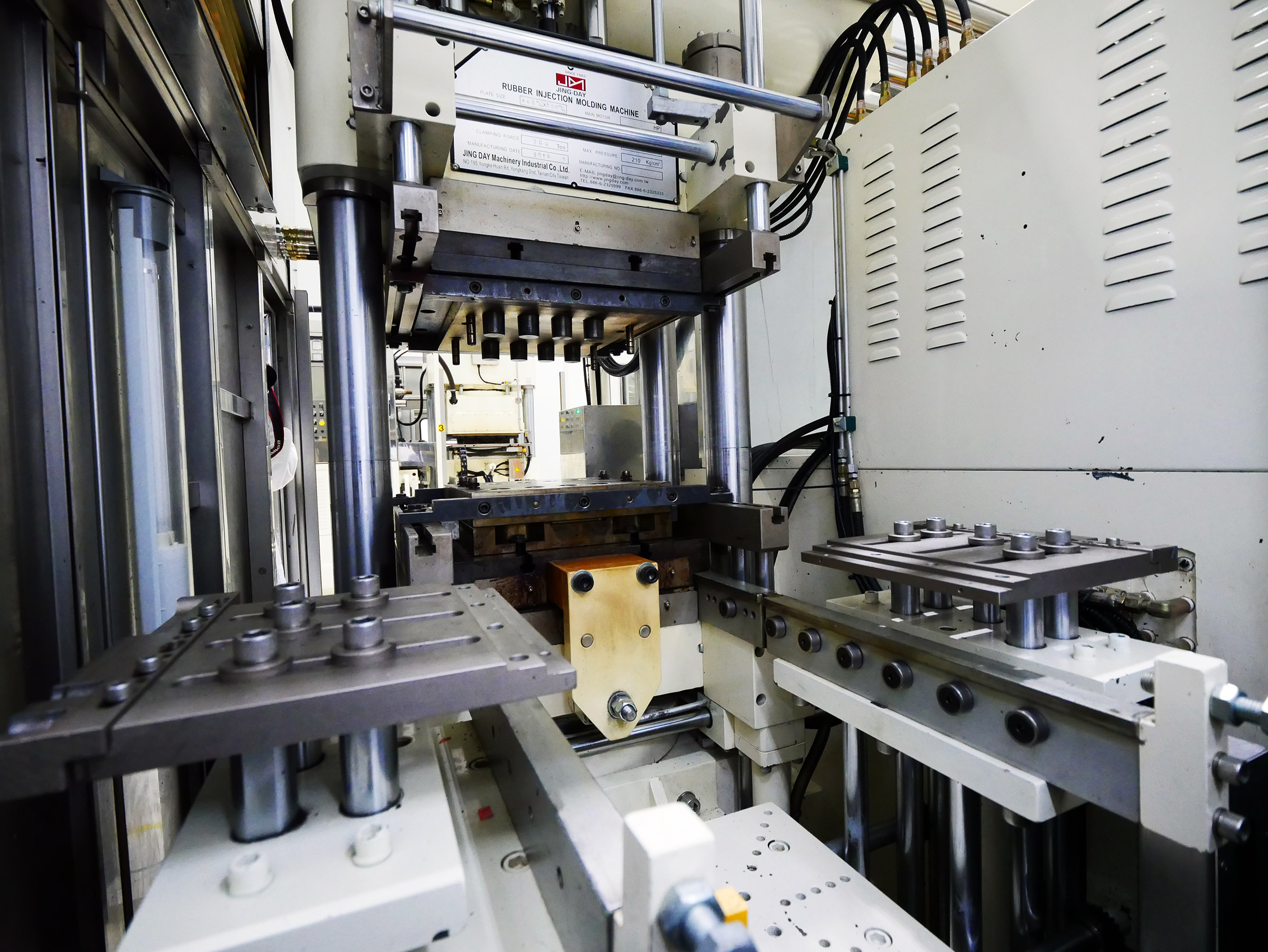 DOI : 10.17577/
DOI : 10.17577/Introduction
Welcome to our exploration of the latest technological advancements in plastic injection molding near me. In this comprehensive guide, we will delve into the exciting developments that have revolutionized the industry. From automation and robotics to simulation software, these advancements have significantly enhanced the efficiency, precision, and versatility of injection mold manufacturing. Join us as we uncover the transformative power of technology in this dynamic field.

1.Automation: Streamlining Production Processes
Automation has emerged as a game-changer in plastic injection molding, offering unmatched efficiency and productivity gains. Automated systems now handle tasks such as material handling, mold changes, and part ejection, minimizing human intervention and reducing cycle times. By integrating robotic arms and sophisticated control systems, manufacturers can achieve faster production rates, improved repeatability, and enhanced overall process control.
2. Robotics: Precision and Flexibility at Their Finest
The integration of robotics in plastic injection molding has unlocked new levels of precision and flexibility. Collaborative robots, or cobots, work alongside human operators, assisting with intricate tasks such as part assembly, quality inspection, and packaging. Equipped with advanced vision systems, cobots can detect defects, perform intricate manipulations, and adapt to varying production demands. The synergy between human expertise and robotic capabilities has elevated the quality and consistency of injection-molded products.
3. Simulation Software: Virtualizing the Design Process
Simulation software has revolutionized the design phase of plastic injection molding. By creating virtual prototypes and conducting comprehensive simulations, manufacturers can optimize part design, mold construction, and process parameters before physical production begins. This enables early detection and resolution of potential issues, reducing costly rework and ensuring optimal mold performance. Additionally, simulation software allows for the exploration of innovative design concepts, leading to the development of lighter, stronger, and more efficient plastic components.
4. Real-time Monitoring and Control Systems: Maximizing Efficiency
Real-time monitoring and control systems provide manufacturers with invaluable insights into the injection molding process. Advanced sensors and data analytics platforms enable the collection and analysis of crucial process variables, such as temperature, pressure, and cooling rates. By closely monitoring these parameters, operators can detect anomalies and make immediate adjustments, ensuring consistent part quality and minimizing scrap rates. Real-time monitoring and control systems also facilitate predictive maintenance, optimizing machine performance and reducing downtime.
5. High-performance Materials: Expanding Possibilities
Advancements in plastic materials have expanded the possibilities of injection molding. High-performance polymers, such as engineering-grade thermoplastics, offer enhanced mechanical properties, chemical resistance, and thermal stability. These materials can withstand harsh environments, demanding applications, and stringent regulatory requirements. The ability to process these advanced materials opens doors to diverse industries, including aerospace, automotive, medical, and electronics, enabling the production of complex, high-quality components.
6. Sustainable Practices: A Focus on Environmental Responsibility
In recent years, the plastic injection molding industry has made significant strides towards sustainability. Manufacturers are embracing eco-friendly practices, such as using biodegradable and recycled materials, optimizing energy consumption, and implementing waste reduction strategies. Additionally, advancements in process optimization and material selection have led to improved efficiency, reducing the environmental impact of plastic injection molding. By prioritizing sustainability, manufacturers can meet the growing demand for eco-conscious solutions and contribute to a greener future.
7. Integration of Additive Manufacturing: Expanding Capabilities
The integration of additive manufacturing, commonly known as 3D printing, with plastic injection molding has expanded the capabilities of both processes. Additive manufacturing enables the rapid production of prototypes, tooling, and complex geometries, facilitating faster design iterations and reducing time-to-market. By combining the strengths of additive manufacturing and injection molding, manufacturers can optimize production efficiency, reduce costs, and achieve greater design flexibility.
Conclusion
In this exploration of the latest technological advancements in plastic injection molding, we have witnessed the transformative power of automation, robotics, simulation software, and other innovations. These advancements have propelled the industry forward, enhancing efficiency, precision, and versatility. Manufacturers now have access to unprecedented levels of control, allowing them to deliver high-quality products with faster lead times and greater cost-effectiveness. As technology continues to evolve, we can expect even more exciting developments that will shape the future of plastic injection molding.

